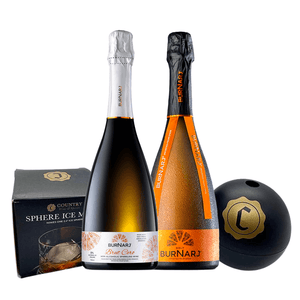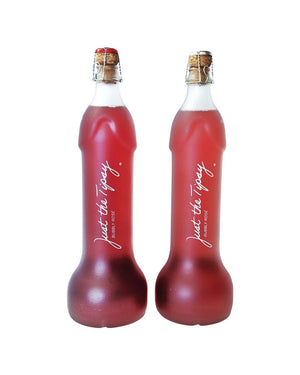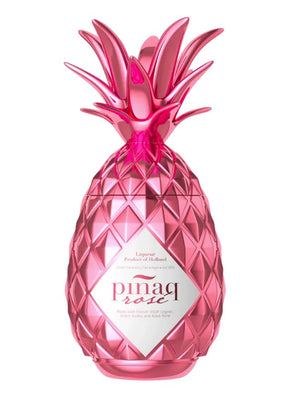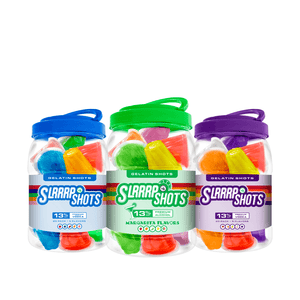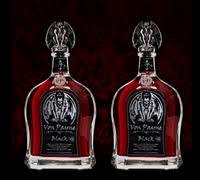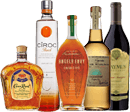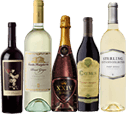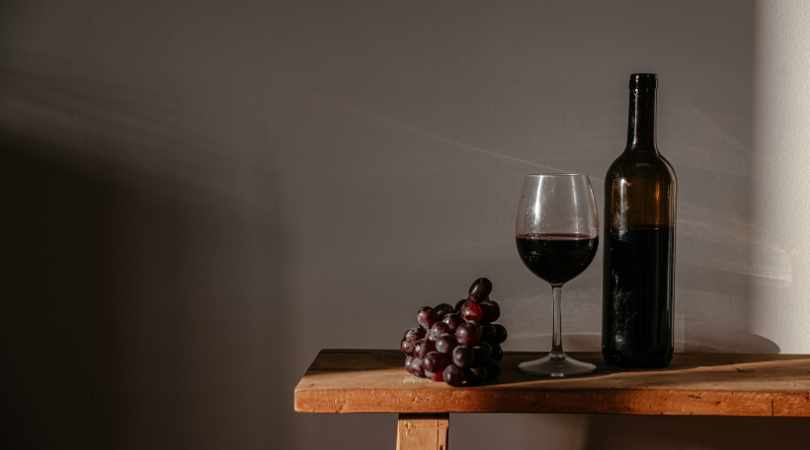If you’re here then you probably love wine. If you love wine, you’ll know how delicious it is. You’ll know that there are so many different varieties, styles, and separations between different bottles. The world of wine is a complicated industry that changes year on year with so many aspects in motion.
The difference between wines is amazing. To the novice wine drinker they all taste pretty similar - kinda grapey, depending on the color. The more you know about tasting wine the more you can notice subtle differences. You’re able to pick up on consistencies between styles, nations, and pairing concepts.
One thing that varies hugely is the winemaking process. If you’ve ever wondered how to make wine from grapes or the process of making wine, you’ve probably realized that there are some holes in your conceptualization. Wine has been made for roughly 8000 years so the processes are sure to have changed a lot in that time.
Just like spirits, there are plenty of rules and regulations to making wine. We will break down the general process of making wine, answering how long to make wine from grapes, as well as some examples of how this process varies. We will explain some common practices as well as essentially teach you how to make wine!
Getting Grapes Ready For Harvest
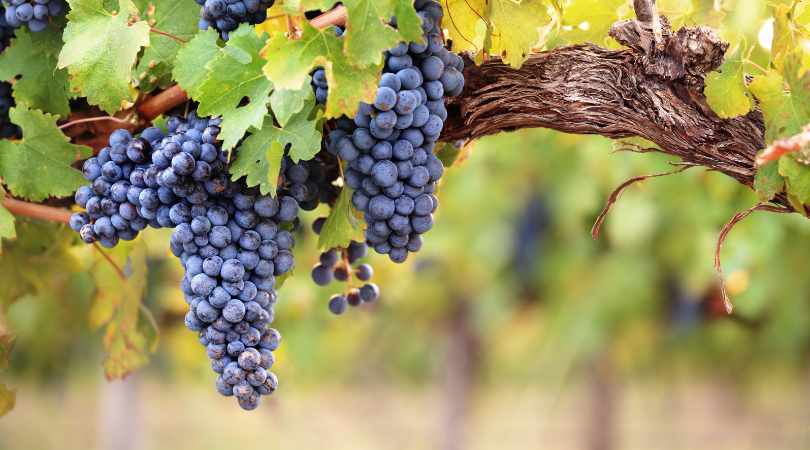
This is definitely the hardest part of starting from scratch. Wine is notorious for being difficult to grow in the first place. The soil has to have a certain maturity and development to be able to grow these grapes. You need to find a location that gets sun but also shade. The amount of heat grapes get will determine how fast they ripen and how rich the wine is.
You may have seen terraces of vines in the countryside and this is the optimum situation for growing wine. Grapes are still the only fruit that produces the necessary amount of sugar each year to make alcohol to preserve wine. This wonderful advent of nature doesn’t happen overnight and so the soil must be allowed time to develop and mature.
Harvesting Grapes
One of the biggest factors in winemaking these days is machine harvesting vs hand-harvesting grapes. Giant wine producers who mass-produce wine have certain targets to hit and so they simply deploy machines to rake off the grapes from the vines. This is problematic for the quality as some grapes are not ready to be harvested.
What you want to do is harvest the grapes by hand and taste them as you go, figuring out what grapes are ready and which are not. If you have even 10% of grapes not at optimum ripeness that can spoil the end product.
Extracting Juice

Most companies de-stem the grapes and remove the variant grapes. Variant grapes refer to a red grape vine producing the odd white one and vice versa. The grapes are then crushed which traditionally was done but feet! Now it is done by machines which has made a big difference to sanitation! After crushing it is time to press the crushed grapes and remove the juice.
Some white wine is made from white grapes, though some of it is made from colored-skin grapes. For white wine, the winemakers will quickly press the wine after it has been crushed to separate the juice from the skin, seeds, etc. This ensures it doesn’t develop a color. Red wine is allowed to keep in contact with the skin which produces that deep red rich color. Rose is allowed skin contact to the juice for a small amount of time (an hour or so).
Also Read - Benefits of Drinking Red Wine Before Bed
Fermentation
The juice is then allowed to ferment in vats for anywhere between 10 days and a month. This process is where the sugar converts into alcohol. This is the natural way in which alcohol is made.
Aging
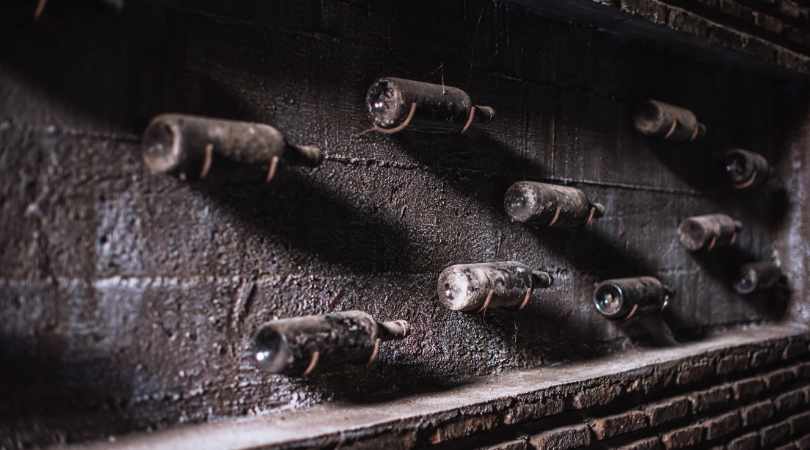
This is when the wine is added to wooden barrels to allow it to soften up, reducing the acidic profile and adding in some oaky flavors. The complexity of wine can often be altered at this stage. Some wines, such as Chianti Reserva is aged for a specific amount of time - 24 months in this case.
Filtration
Filtration can be done in many ways. This is basically the stage where wine is either taken from barrels or straight from the fermenting barrels and is ready for bottling. Filtering often occurs by adding substances such as egg whites, clay, and other compounds. This clings to the natural sediment and pushes it towards the bottom. The wine, then, can be poured into bottles.
Check Out - Wine Pairing Recommendations with Dark Chocolate
Bottling/Further Aging

The wine is then added to bottles where it is either met by a screw cap lid or a cork. The cork is of course the classic style, though both are effective. The wine is then allowed to age in the bottle. Certain compounds are allowed to compound after a while within the wine, making it a richer, softer, more deeply flavorful drinking experience.
We hope you have enjoyed reading a bit about how wine is aged, how wine is made, and how you could potentially make wine at home. This process will take a long time to get anywhere close to achieving, though it is doable! Get some inspiration by shopping online with us to try out the right wine for you.




